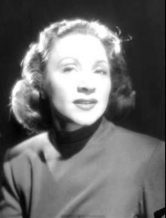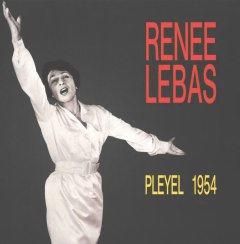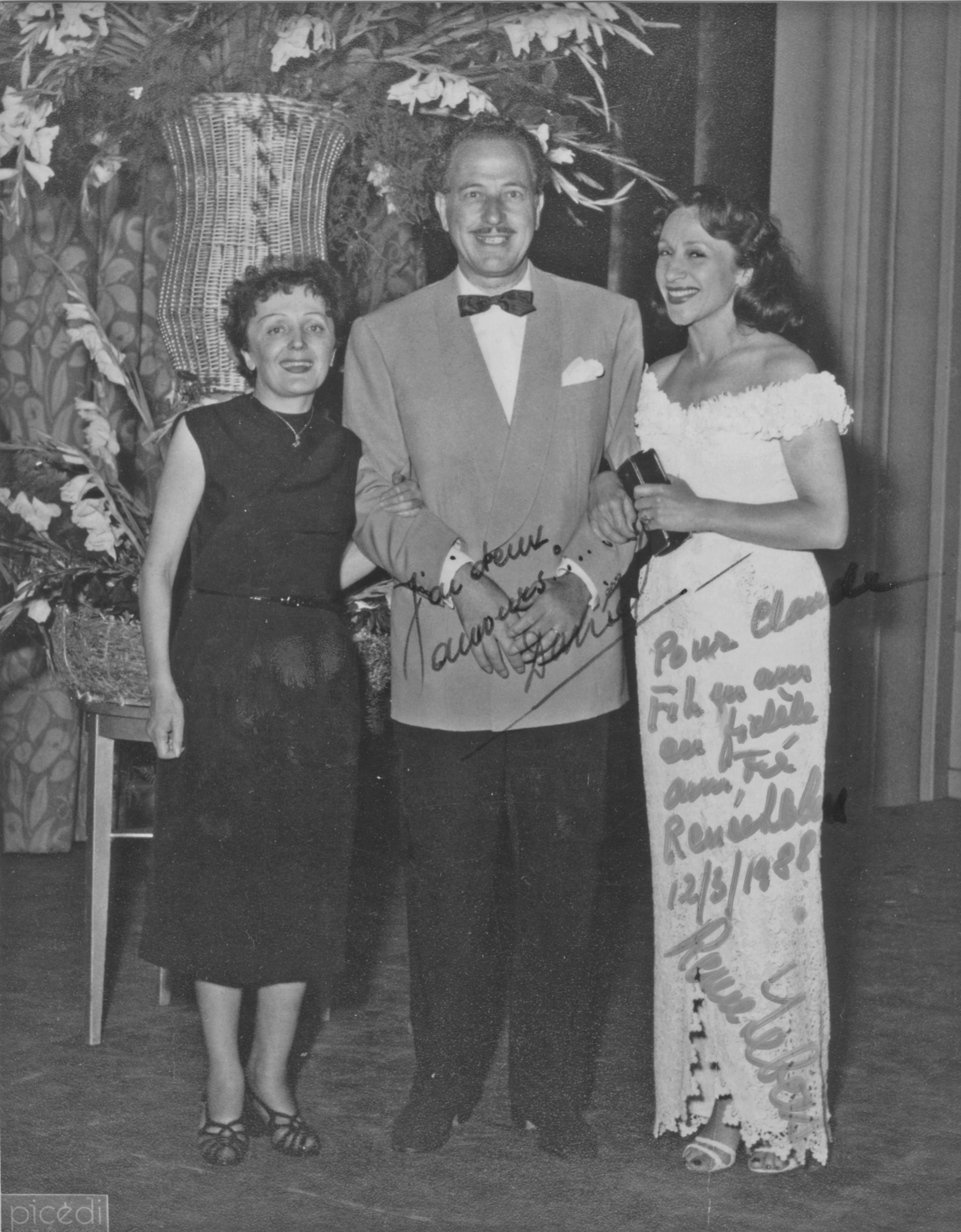
Article inspired from Wikipédia and corrected by Patrick Berman (Playlist at the bottom of the page)
Born in Paris on April 23rd, 1917, Renée Lebas (born Leiba) lived with her parents, Romanian Jewish immigrants in France, and her younger sister in the Bastille neighborhood. At the end of the 1930’s, she became friends with Nathan Korb, leter known as Francis Lemarque.
Until 1937, she had several different professions, typewriter, dancer, journalist, before winning a radio contest organized by Radio-Cité. She then started her career as a singer at the La Conga cabaret, street of La Fontaine where she would meet Raymond Asso. She recorded her first disc in 1939 and signed a contract with Pathé Records in May 1940.
In June 1940, forbidden by the Nazis, she left for the free zone where she performed in Cannes in 1941, accompanied on stage by the pianist Michel Emer. He wrote for her the song D’l’autre côté de la rue and Paul Misraki suggested to her to create the song Insensiblement.

In July 1942, her younger sister and her father are taken into the Vel’ d’Hiv Roundup. Following the advice of Francis Carco, she leat and got refuge in Lausanne in Switzerland.
She recorded in 1942 the song Insensiblement and D’l’autre côté de la rue which were broadcasted on the Swiss Roman radio. In 1943, she recorded the song 14 juillet by the famous anti-Nazi composer Gilles Jean-Vilard and the song Exil written by François Reichenbach who was also a refugee in Switzerland.
At the Liberation, she came back to Paris and she became the first singer to record a disc in the Parisian studios. She decided to perform on stage: at the ’ABC and at the Théâtre de l’Étoile in 1946, the Européen, the Alhambra and in Bobino.

Elle started seeing great authors and composers, among whom Norbert Glanzberg and Wal-Berg, as well as Emil Stern who would written for her in 1946 the song Où es-tu mon amour ? (with lyrics by Eddy Marnay). The same authors and composers wrote for her the other song La Fontaine de Varsovie which deals with the Holocaust.
Elle crée La Mer de Charles Trenet fin 1945, avec Roland Gerbeau. De Léo Ferré, encore inconnu en 1948, elle enregistre Elle tourne… la Terre. Elle chante Charles Aznavour, Jacques Brel, Francis Carco, Francis Lemarque.
She created La Mer performed by Charles Trenet at the end of 1945, with Roland Gerbeau. By Léo Ferré, who was still unknown in 1948, she recorded Elle tourne… la Terre. She sans songs by Charles Aznavour, Jacques Brel, Francis Carco, Francis Lemarque, Boris Vian. In the 1950’s, she sang Garde l’Espérance on the melody of the Hatikva, the anthem of the State of Israel. She recorded the song Trois fois merci which wasn’t successful, but Jacqueline François repaired the damage, recorded the song and makes it a hit ! She performed her last concert in 1963 and decided to dedicate herself to the producing of singers, such as Régine, Serge Lama and Tereza Kesovija.
She passed away on December 18, 2009, in the Michel-Ange hospital in Paris and was buried on December 21 in the Montparnasse cemetery.
Browse our archives on Renée Lebas




